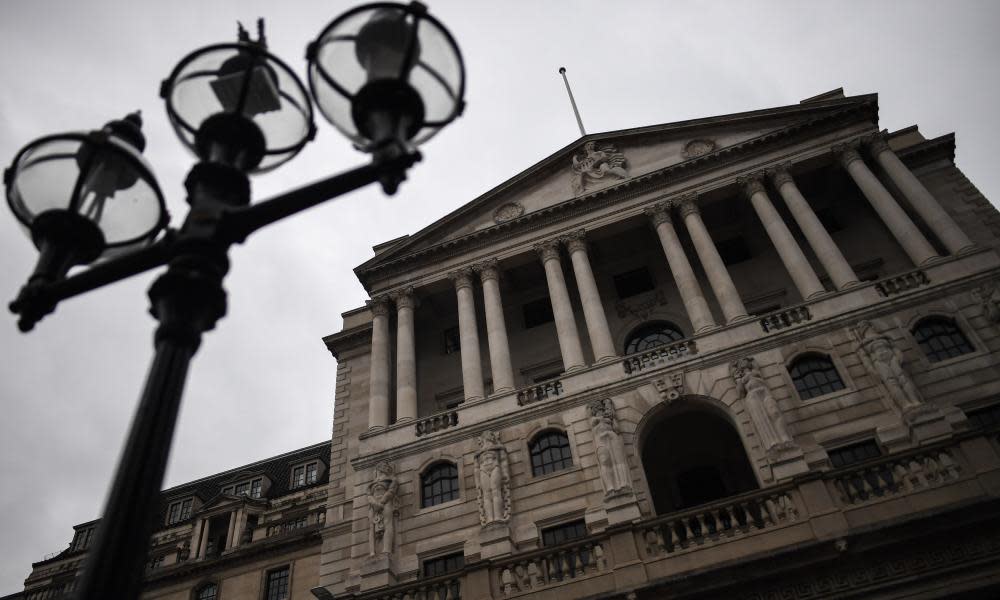Bank of England rate setter backs negative interest rates

A mortgage that allows home buyers to pay back less than they borrowed came a step closer after Bank of England rate setter Silvana Tenreyro backed the early adoption of negative interest rates to boost the struggling economy.
Tenreyro, a member of Threadneedle Street’s nine-strong monetary policy committee, said there were “encouraging” signs that previous barriers to cutting interest rates to below zero no longer applied.
Denmark’s banks already offer home loans with a minus figure, and the UK could follow suit if the Bank of England cuts its base rate from 0.1% to less than zero.
A negative-rate mortgage means the interest bill is credited to the borrower’s account rather than debited, reducing the sum borrowed over time. This is in contrast to loans offered by banks and building societies 25 years ago, when the interest rate ranged between 5% and 8% and often meant paying back twice as much over the loan period.
Tenreyro said it was clear that to support the recovery from the Covid-19 crisis, struggling households and businesses needed cheaper loans. She added that concerns about the impact on the financial system of offering negative interest rates were falling away.
She said a wide-ranging review by the central bank had shown that lenders could prosper and the financial system could cope.
In an interview with the Sunday Telegraph, she said: “We have been discussing our toolkit in recent months, including how effective negative rates might be in the current context,” she says. “The evidence has been encouraging.”
Many of her colleagues, including the governor, Andrew Bailey, and the chief economist, Andy Haldane, have warned against rushing to subsidise borrowing with cheap central bank funds.
Haldane has argued that the economy is recovering at a faster rate than expected and that the BoE should keep in reserve any further stimulus.
Last week Bailey sought to quash speculation that the MPC would cut interest rates, saying the use of negative rates around the world had achieved “mixed” results and that the effectiveness of the policy depended on the timing of the move and the structure of a country’s banking system.
Tenreyro, who argued that Haldane’s confidence in the economic recovery was misplaced, also appeared to disagree with Bailey. She said: “Banks adapted well – their profitability increased with negative rates, largely because impairments and loss provisions have decreased with the boost to activity and the increase in asset prices.
“There has been almost full pass-through of negative rates into lending rates in most countries.”
Several of Tenreyro’s colleagues on the MPC have given speeches recently arguing that Britain’s economy risks a slow recovery without further efforts by the central bank to cut borrowing costs.
Former City economists Michael Saunders and Gertjan Vlieghe, Imperial College professor Jonathan Haskell and deputy governor Dave Ramsden, a former Treasury official, have warned of the risks to the economy from a slow recovery.
Bank of England officials carried out an investigation during the spring and summer into the impact of central bank’s offering negative rates. They reported their findings to the MPC last month, with a final report due in December leading to speculation that the policy could be adopted as early as spring next year.
The central bank has injected an extra £200bn into the financial system since February, taking its total quantitative easing stimulus package to £745bn.
A mini-boom in the property market during the summer waned in recent weeks, according to the most recent surveys of estate agents. Some experts believe the number of transactions and prices will begin to fall before the end of the year as local lockdowns hit buyers’ appetites for taking on bigger loans.

 Yahoo News
Yahoo News 
